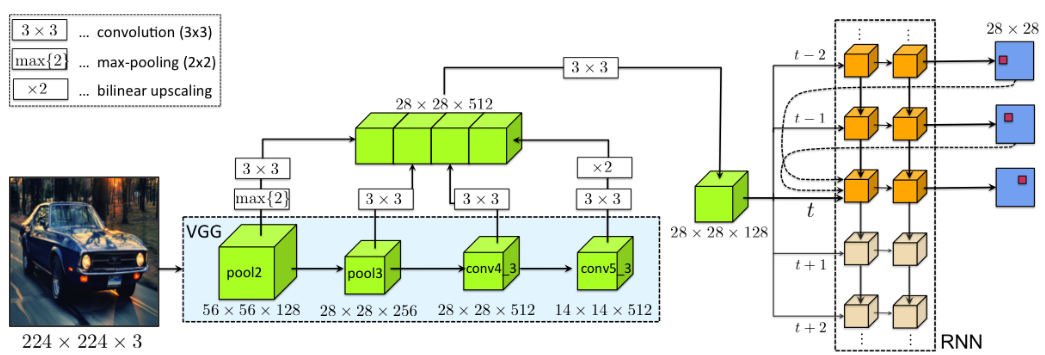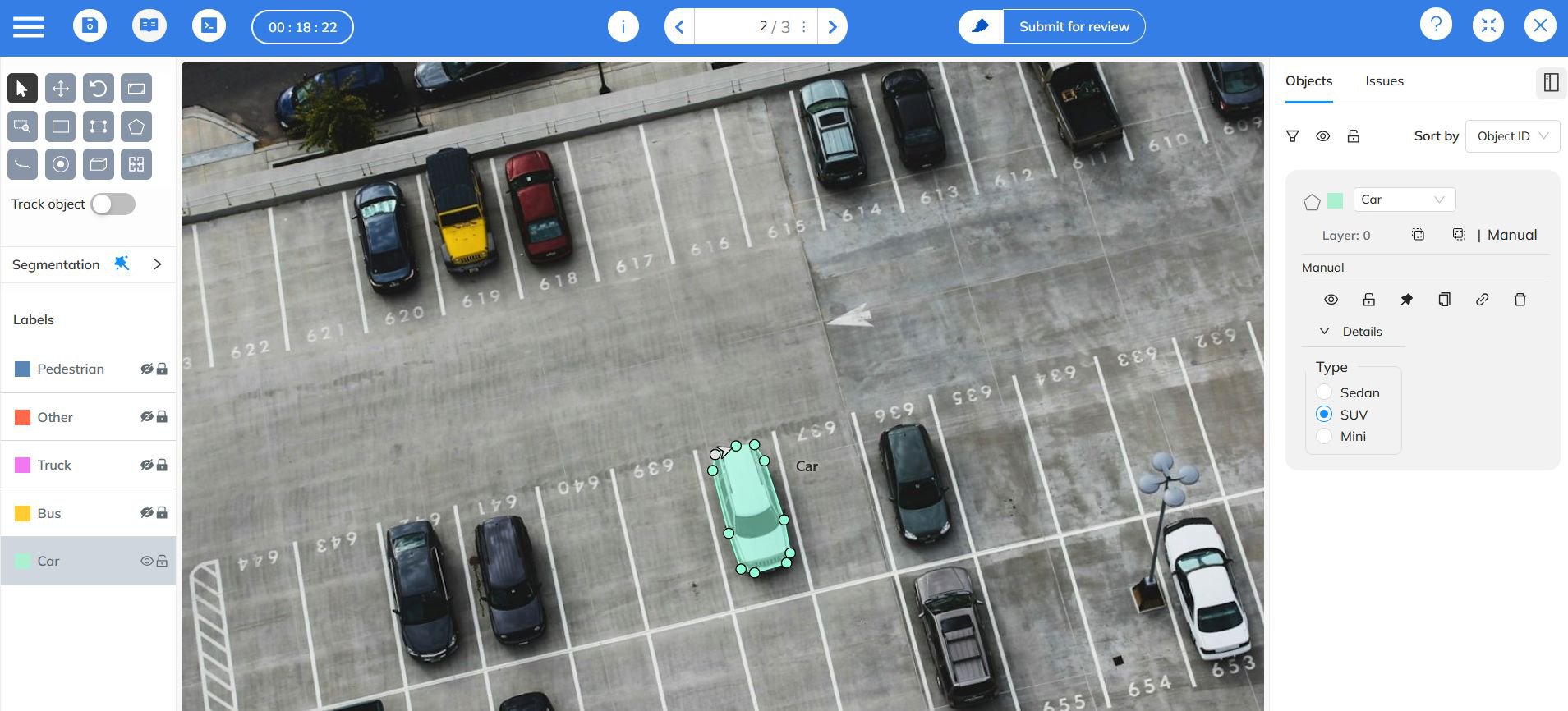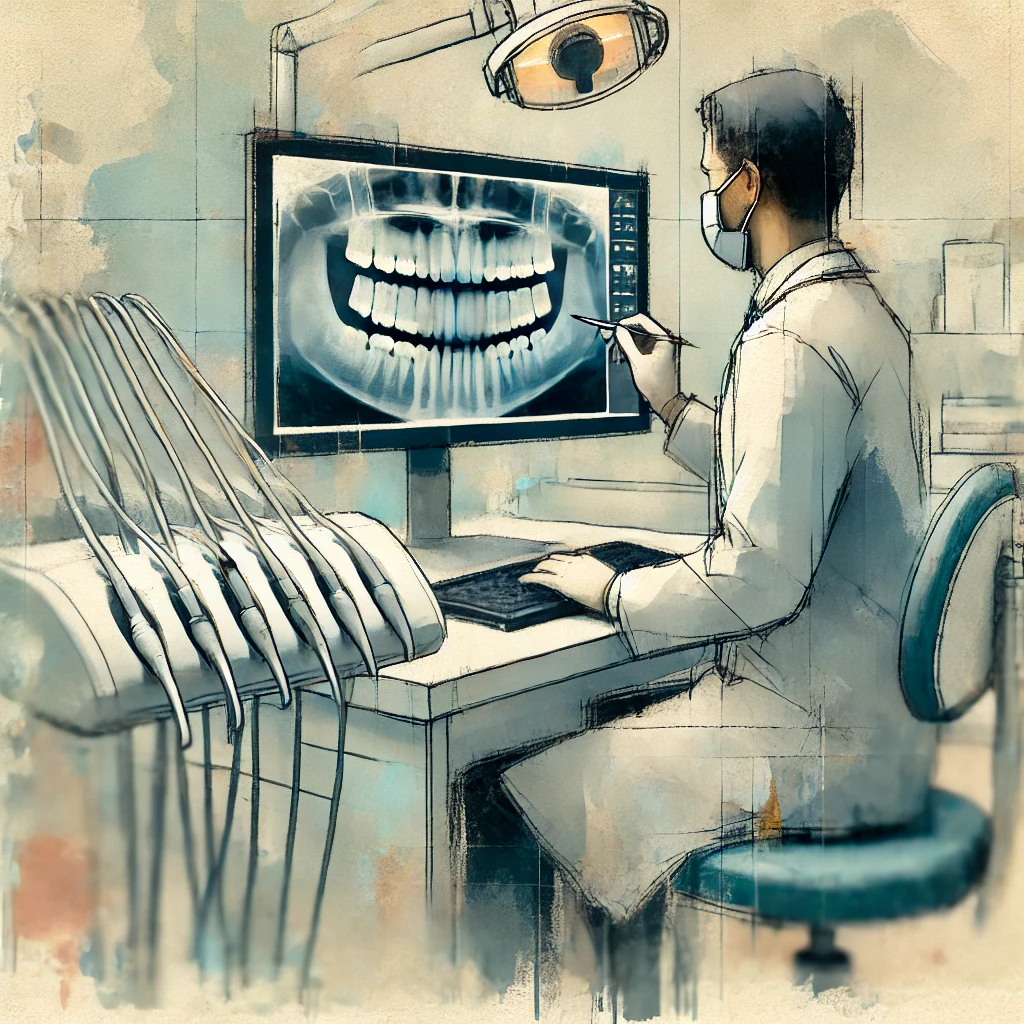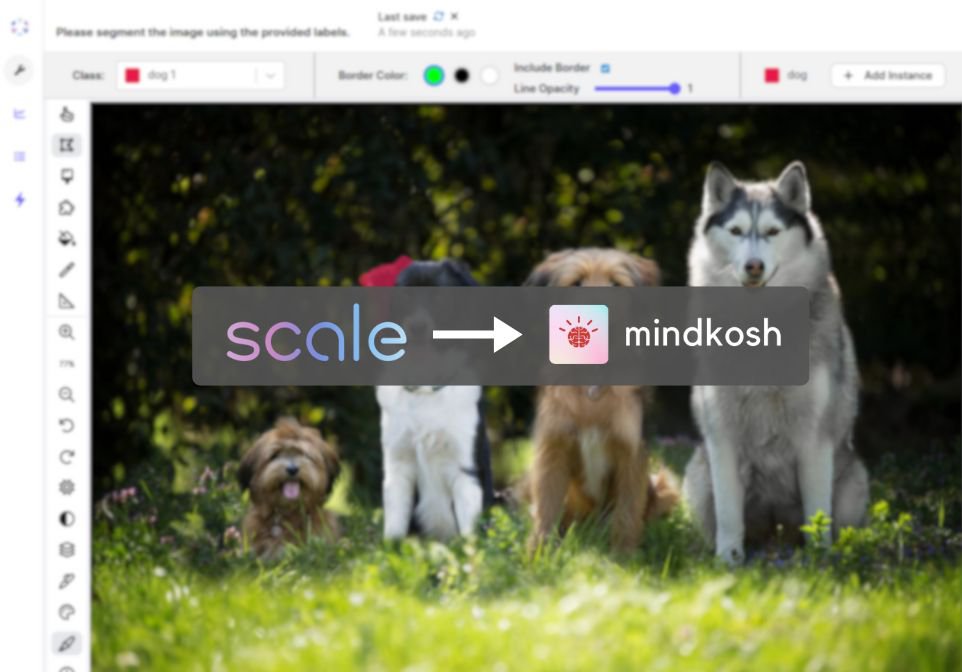Are you struggling with the limitations of bounding boxes in your Machine Learning projects? Whether it's detecting the detailed contours of vehicles in autonomous driving or accurately identifying irregularly shaped tumours in medical imaging, the shortcomings of bounding boxes can be a significant pain point. Polygon annotation offers a solution to overcome these limitations by providing more accurate object representations. Let's look into the benefits, use cases, and implementation strategies of Polygon annotation, highlighting why they are essential for enhancing the accuracy and performance of your Machine Learning models.
What is Polygon Annotation?
Polygon annotation entails drawing shapes with multiple points around objects in an image to capture their exact boundaries and outlines. Polygons can have an unlimited number of points which allows them to fit closely to the actual shape of the object. This is in contrast with bounding boxes, which are simple rectangles defined by two corner points. This detailed annotation provides a more accurate representation for objects, especially those with irregular shapes.
Advantages offered by Polygon annotation

Enhanced Precision
Polygon annotation captures the true shape of objects, reducing the inclusion of background pixels and providing a tighter fit. This precision is particularly beneficial for objects with complex shapes, such as animals, vehicles, or detailed structures in geospatial imagery.
Accurate Representation: Polygons accurately outline the object's shape and boundaries.
Reduced Background Noise: Minimises the involvement of irrelevant background pixels, which can improve model training and performance.
Improved Augmentation
Data augmentation techniques, such as rotations, translations, and scalings, are crucial for enhancing the robustness of machine learning models. Bounding boxes can lose precision and introduce errors during these transformations, whereas polygons maintain their tight fit around objects.
Maintain Fit: Polygons retain their shape during transformations, preserving the integrity of the object.
Enhanced Data Fidelity: Polygons ensure that augmented data maintains high fidelity, leading to better model performance.
Superior Object Localization
Polygon annotations offer superior location which defines the exact boundaries of objects. This can be important in applications such as autonomous driving, medical imaging, and satellite imagery analysis where precise object detection is necessary .
Exact Boundaries: Provides superior localization for precise detection tasks.
Better for complex shapes: Polygons are especially ideal for applications with irregularly shaped objects.
Versatility in Applications
Polygon annotation is not limited to object detection. They can be used in instance segmentation, where each instance of an object is segmented, or in tasks requiring oriented (rotated) bounding boxes. Moreover, This versatility allows for experimentation with different model types and architectures.
Multiple Uses: Polygons are suitable for object detection, instance segmentation, and oriented bounding boxes.
Model Experimentation: Moreover, they allows experimentation with different model types and architectures.
ML models for polygon detection

Polygon detection models have evolved significantly over the past few years, with several well-established approaches now commonly used in both research and industry. Convolutional Neural Networks (CNNs) remain the go-to architecture for this task, with models like Mask-RCNN and Polygon-RNN++ standing out. While Mask-RCNN generated pixel-level masks making it suitable for image segmentation, in addition to polygon detection, Polygon RNN++ directly predicts polygon co-ordinates.
Polygon-RNN++
Polygon-RNN++ takes a different approach than segmentation models like Mask-RCNN. Instead of directly predicting a segmentation mask, it predicts the vertices of a polygon in an iterative manner. By refining these vertices over several steps, Polygon-RNN++ captures more accurate contours of objects. It works particularly well when precise shape boundaries are needed, like in aerial imagery where structures or roads may have irregular geometries.
Use Cases for Polygon Annotations
Geospatial Data
Geospatial data involves images captured from drones and satellites. Annotating features often requires polygons due to their irregular shapes such as forests, buildings, or land.
Drones and Satellites: Defining contours of areas like forests, buildings, or land lots, which are rarely rectangular.
Enhanced Accuracy: Moreover, it provides precise boundaries for better analysis and decision-making.
Autonomous Driving
In autonomous driving, vehicles and pedestrians frequently have complex shapes and orientations. Moreover , Polygon annotation provides the precision needed to accurately detect and navigate around these objects.
Vehicle Detection: Locating cars, pedestrians, and other objects with a complex shape or an orientation.
Critical Safety: Also , ensures accurate object detection, crucial for the safety and reliability of autonomous systems.
Medical Imaging
In medical imaging, precise localization of anomalies such as tumours is critical. Polygon annotation is essential for diagnosis and treatment planning that allows correct presentation of these structures .
Tumor Detection: Precisely delineating tumors or other irregular structures in medical scans.
Improved Diagnosis: Moreover , enhances the accuracy of diagnostic tools and treatment plans.
Implementation Strategies
Annotation Tools for polygon annotation

Not all annotation tools support labeling with polygons, so its important to choose the annotation tool wisely. A good tool should allow users to create and manipulate polygons efficiently, offering features like vertex snapping, variable number of vertices and easy editing of drawn shapes.
Beyond the interface, collaboration features are another significant factor. Platforms that allow real-time collaboration with annotators, quality checkers, and project managers help reduce feedback loops and ensure consistency across annotations. This is particularly relevant in projects with large-scale data or multiple annotators working on the same dataset.
Also look for the ability to setup Quality control pipelines on the platform and being able to generate quality reports. Without such features, it can be very time-consuming to check large annotated datasets for quality, leading to poorly annotated data.
Export options are also essential. Depending on your requirement, look for a tool that supports exporting the annotations in common formats such as COCO or Pascal VOC. In general, the right polygon annotation tool should reduce manual effort while ensuring the quality and precision of annotations—something especially critical in training reliable ML models.
Conclusion
Polygon annotation offers significant advantages in terms of precision and versatility for machine learning projects involving complex or irregularly shaped objects. While they are more time-consuming and complex to annotate, the benefits in model performance and data fidelity often outweigh these challenges. By carefully choosing the right annotation tool and model for your project, you can enhance the accuracy and effectiveness of your AI models.




